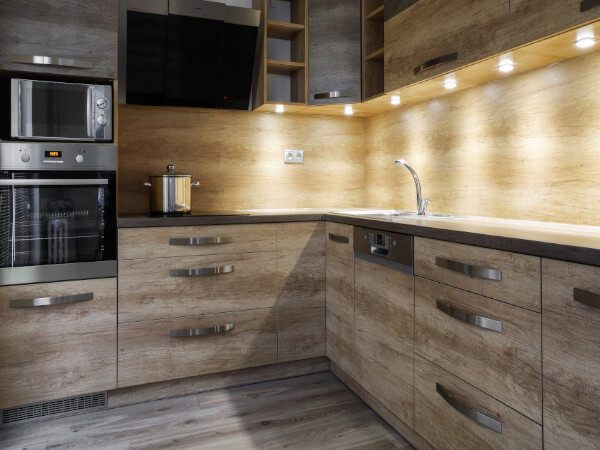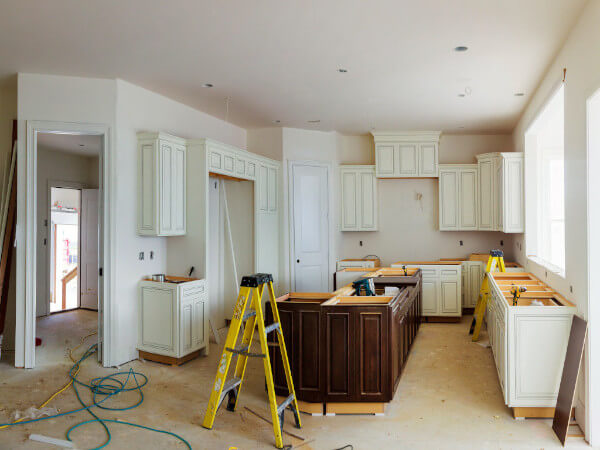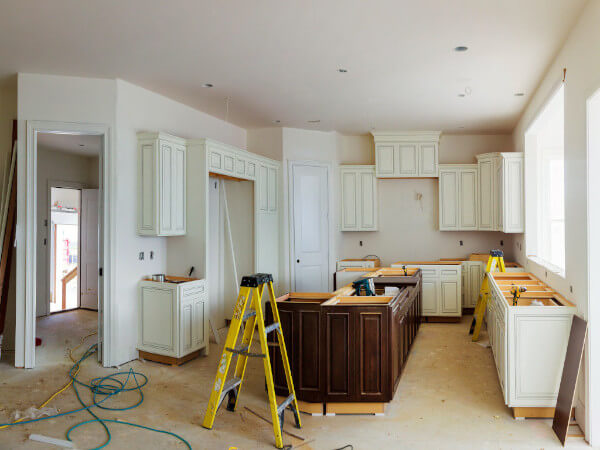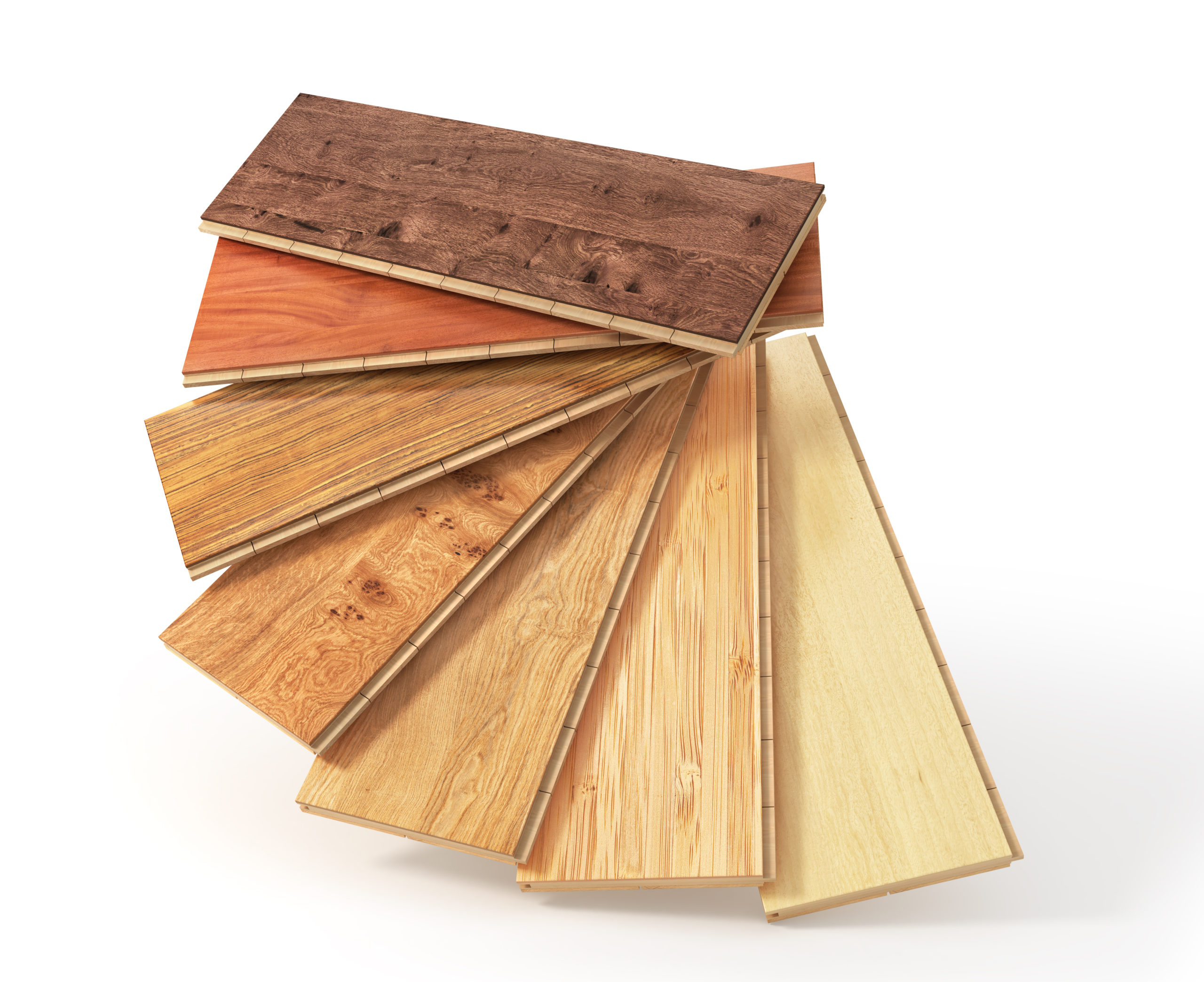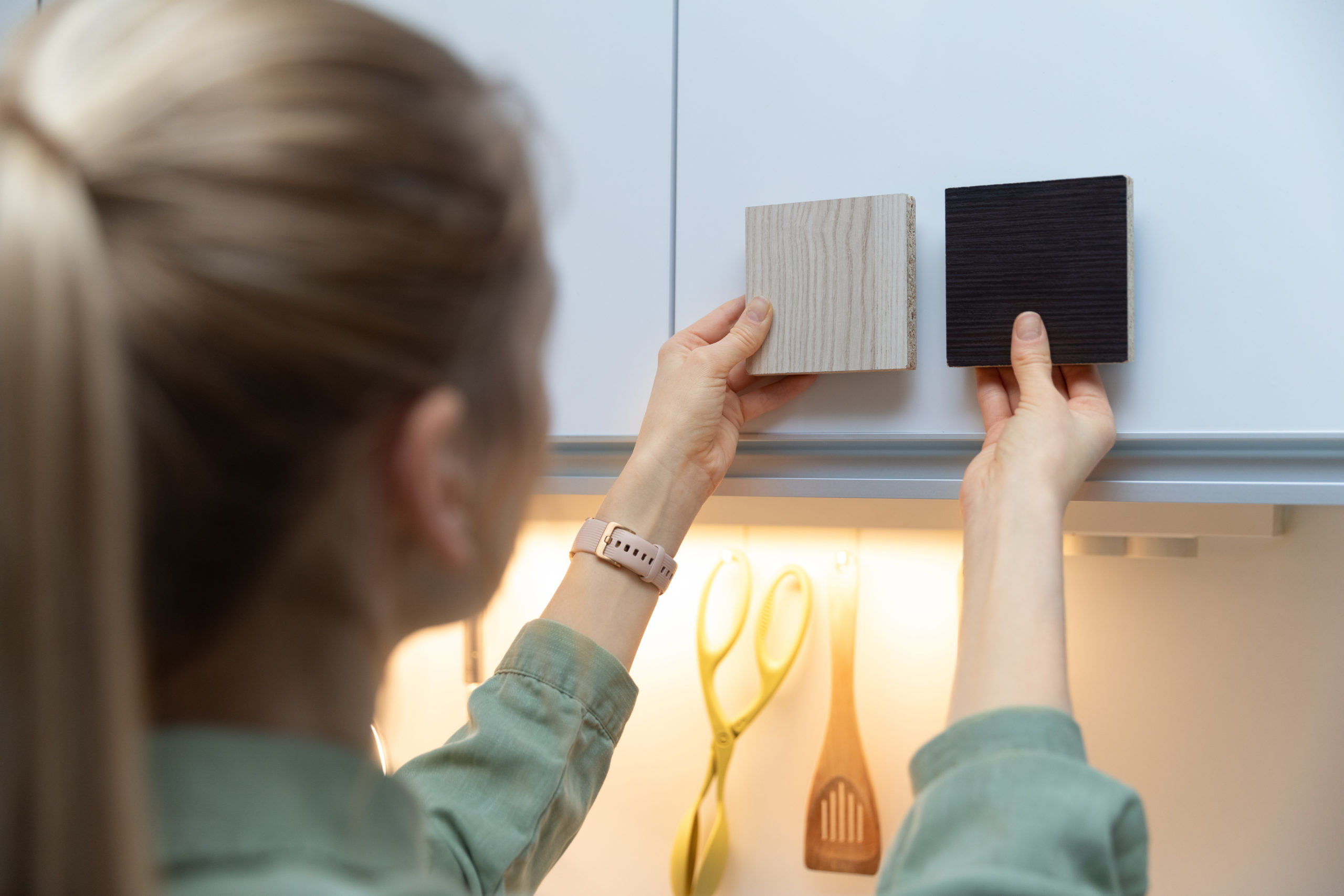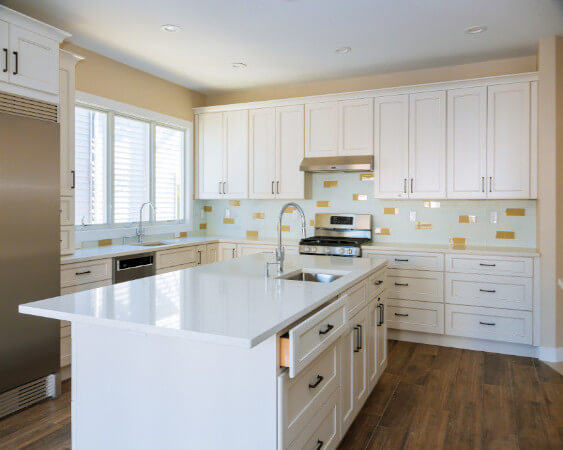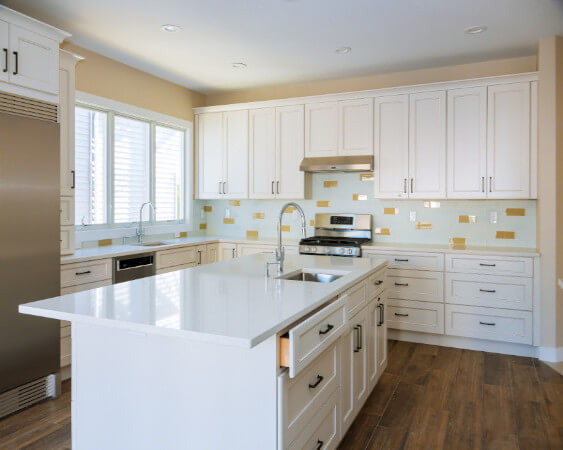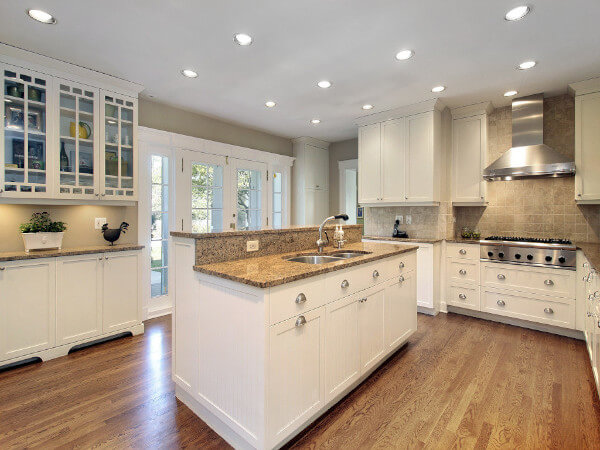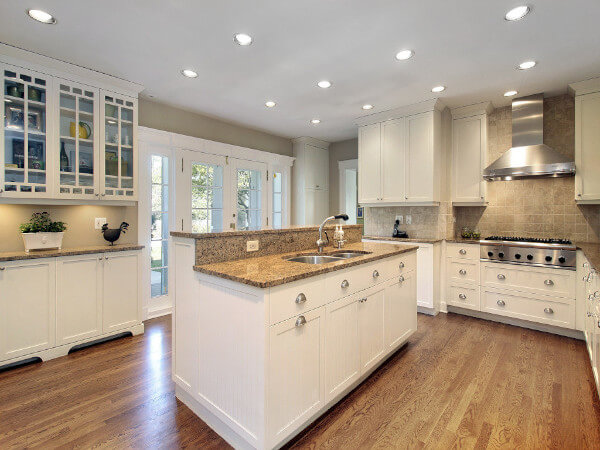The kitchen is the heart of any household and one of the most used places in the house. A commonly asked question we get is, “How can I remodel my kitchen without breaking the bank?” Whether we like to hear it or not, regardless of how big or small your remodel is there will always be a price attached. However, we don’t want this number to halt your kitchen remodeling dreams. Here are a few cost-effective kitchen materials for your next remodel.
Kitchen Flooring
When it comes to kitchen flooring a great budget-friendly option is installing vinyl flooring. Vinyl plank flooring is water resistant and scratch resistant. This material can be crafted and manufactured to resemble any material. It’s well known for being made to look like hardwood flooring. Plus, an extra bonus is that vinyl maintenance is simple and easy to care for.
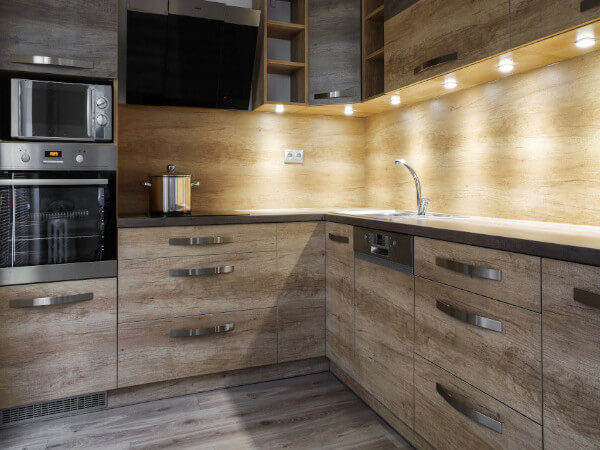
Laminate Countertops
A fan favorite for inexpensive kitchen materials is laminate countertops. In earlier years, laminate was known for scratching easily. However thanks to our current technology, laminate is quite durable and resistant. With advanced printing techniques laminate countertops can mimic stone, and they’re so accurate you can hardly tell the difference from the real thing.
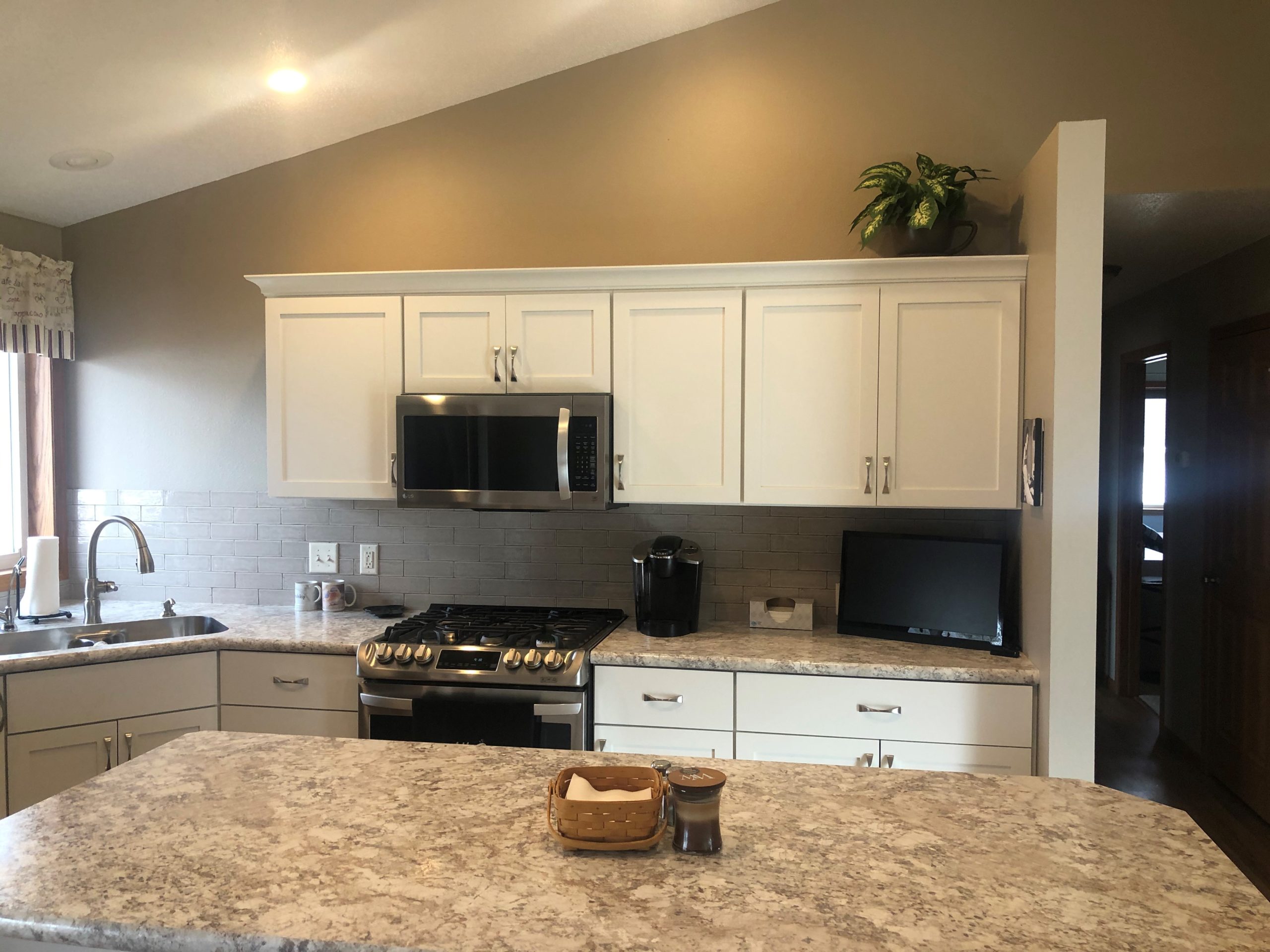
Tile Backsplashes and Countertops
If you’re in the market for something resembling stone, tile is a great substitute. Tile is not only inexpensive, but it also comes in a variety of colorful or natural-toned designs. This gorgeous material can save you a significant amount of cash over custom-cut slabs of stone. Ceramic tile is both crack resistant and impervious to moisture making it a durable addition to any kitchen. Ceramic tile in a kitchen is glazed to provide extra protection in combating drops and stains.
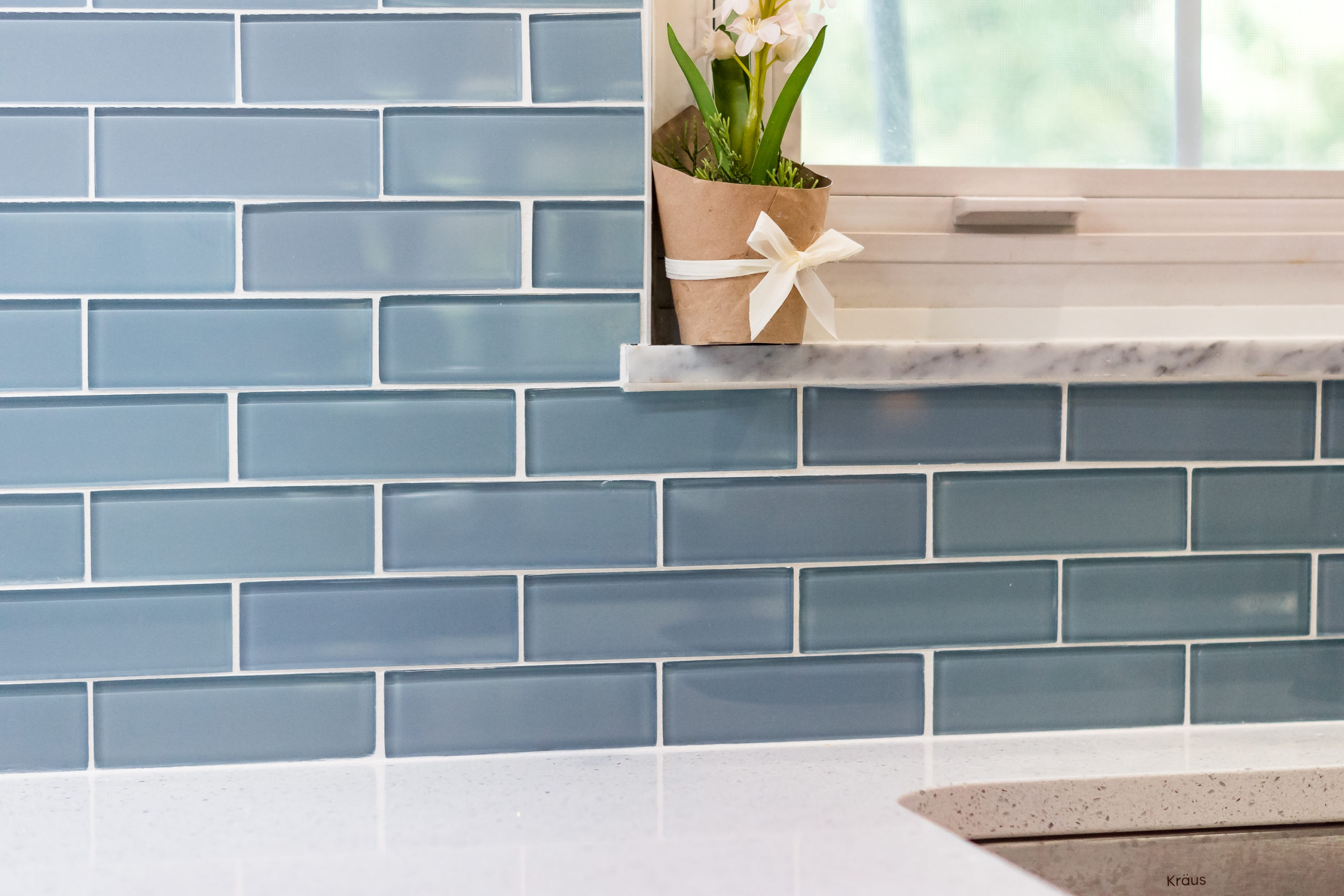
Kitchen Solvers
We want your kitchen to feel like home. Here at Kitchen Solvers, it’s our goal to ensure you have the Most Pleasant Remodeling Experience. From choosing your kitchen’s color palette to deciphering which countertop material is the perfect fit, we are here to answer all your question on this process. Feel free to call us today for your kitchen consultation or read some of our latest blog articles like Confused about Cabinetry? A guide to a Cabinet Reface or Replace! or Classic Kitchen Color Palettes.
The post Cost-Effective Kitchen Materials appeared first on Kitchen Solvers.
